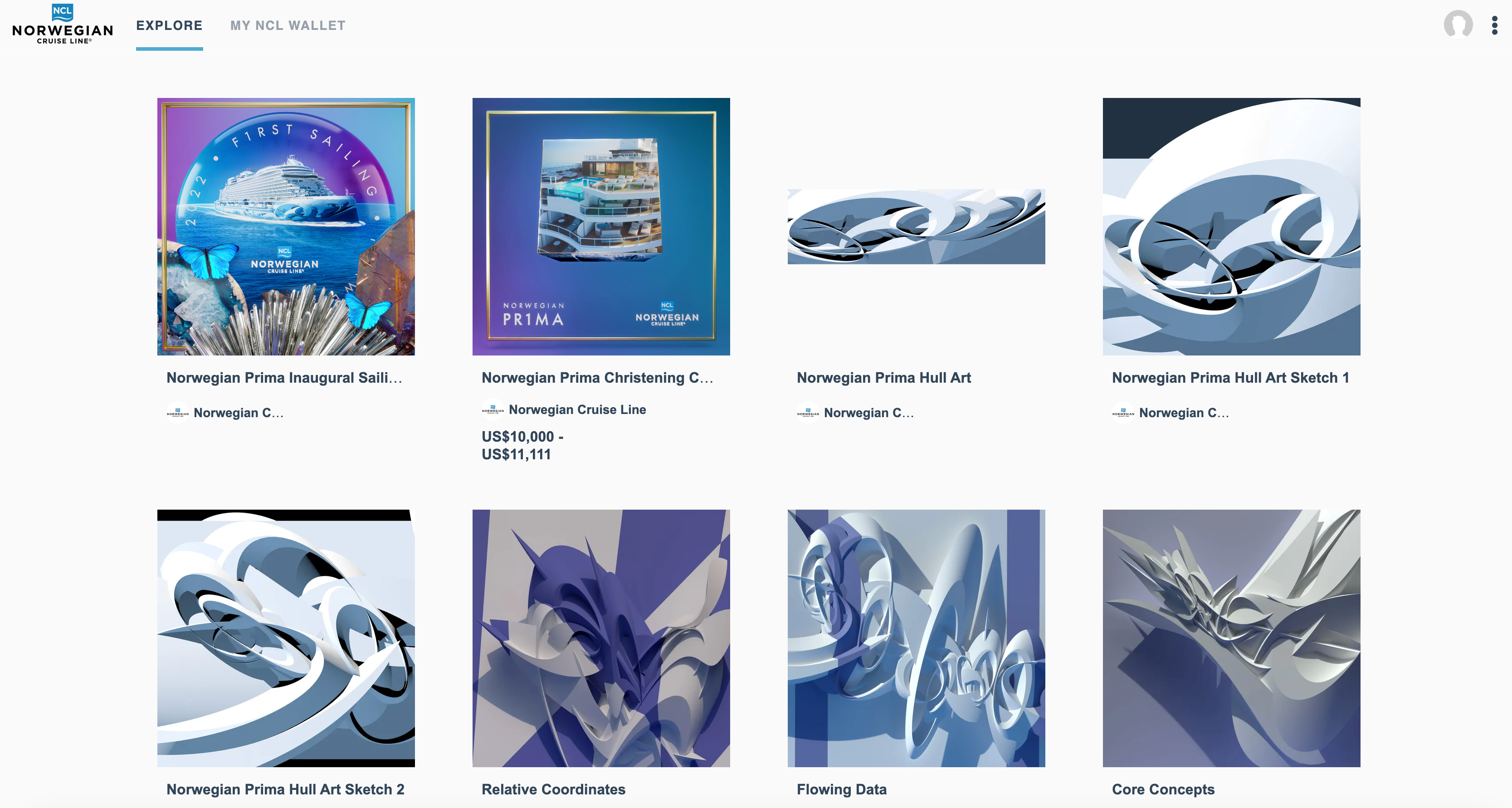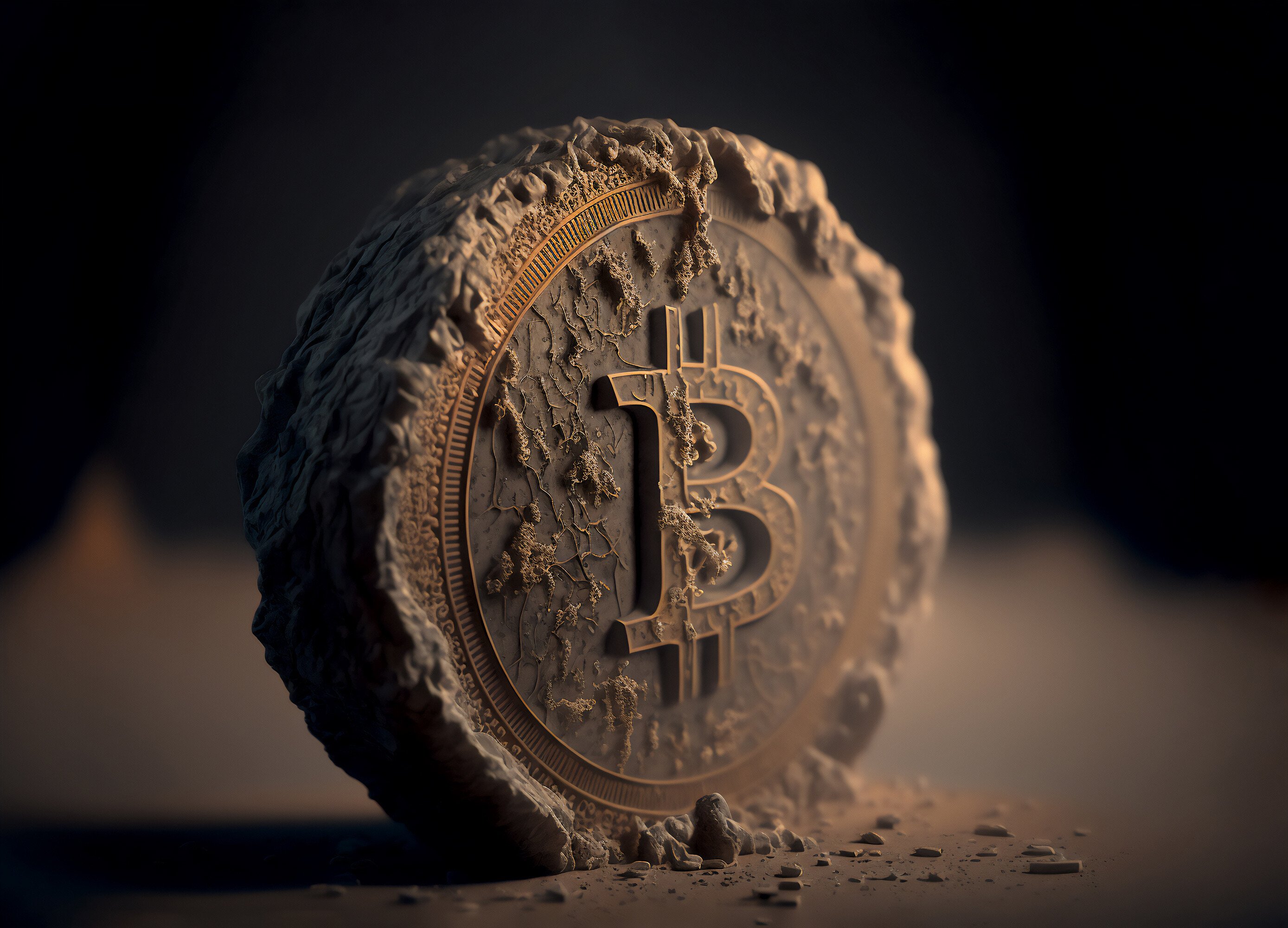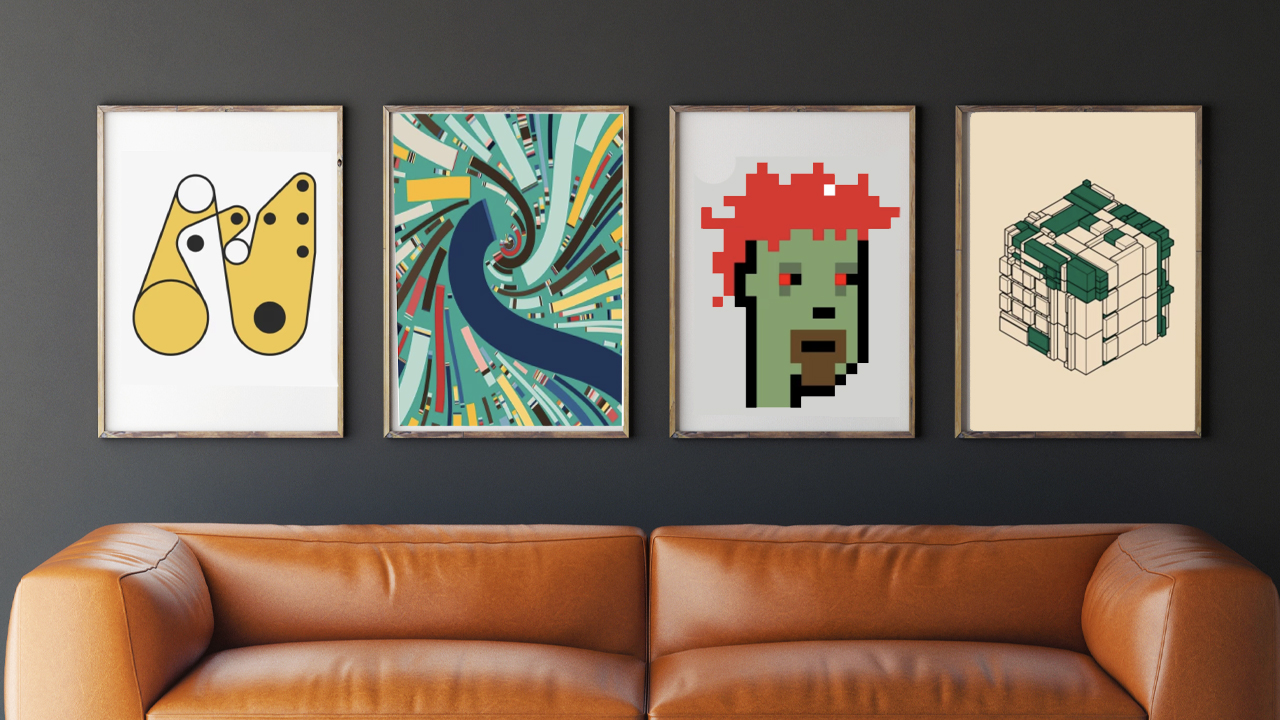How brands are using NFTs to improve their marketing campaigns

Non-fungible tokens promise to act as valuable bridges between brands and their communities. With Web 3.0 on the horizon, embracing NFTs can mark a significant step in upgrading marketing campaigns for the next technological frontier.
While NFTs are still relatively new and mysterious to many marketers, they are already being used on a large scale by businesses eager to explore their potential.
Brands are already using non-fungible tokens as a means of strengthening their marketing credentials, and there have been many creative approaches to improving brand engagement across a range of sectors.
NFTs and brand awareness
The beauty of NFTs is that they can be developed as digital assets that can be linked to a brand and then traded or sold by customers.
This means that companies have the opportunity to tap into a new market of collectors and build more meaningful relationships with their customers. While creating verifiable collectibles that have the potential to be sought after, it is possible to create a new dynamic and tie it to a brand’s identity.
Another excellent argument for adopting NFTs is the analytical insight they can provide. Non-fungible tokens can track customer behavior and collect data that can ultimately help improve the customer experience. As NFTs continue their transformation into mainstream use, businesses that adopt the technology early may have more of a competitive advantage over their rivals.
But how can NFTs be incorporated into marketing campaigns? Let’s take a deeper look at how brands are using non-fungible tokens to great effect today:
Generate a Buzz
According to Alanna Gregory, the global customer engagement and retention manager at Afterpay, NFTs present a marketing opportunity similar to the rise of social media over the past decade.
Web3 will do today what social media did for brands in the early 2010s. This shift will be ushered in mainly through immersive, branded and VR-enabled realities. As physical audiences flocked to social media, they will follow the same brands into metaverse communities.
One of the most effective uses of NFTs in marketing today has been to stimulate audience engagement through tokens.
As a brand new technology, it is an excellent way to build a buzz around a brand, and many businesses have already used non-fungible tokens as a means of generating engagement. For example, for the launch of Norwegian Cruise Line’s new Prima Class vessels, the brand collaborated with an artist to create six NFT artworks.
Today, Norwegian Cruise Line has its own NFT marketplace, and although the initial collection began auctioning at $2,500 with proceeds donated to Teach For America, the brand’s secondary market has seen tokens listed at a base price of $10,500.
This means that adopting NFTs can not only help generate more interest in a brand, but it can also help the public identify this marketing campaign as an investment opportunity. At the same time, you must be aware of NFT fraud and should take all measures to avoid them.
Create exclusive rewards
Non-fungible tokens can also help provide unique experiences for customers. This has been put into practice by companies such as the American winery Robert Mondavi. In a world first, Robert Mondavi launched his own wine label sold via NFTs. With only 1,996 bottles available to collect, these tokens can be redeemed through their own unique NFT.
With these utility tokens selling for $3,500, and each having a blockchain key that can unlock its own dedicated bottle of wine, the campaign has the potential to generate $6.9 million in revenue.
Building social engagements
Although there is a lot of volatility playing havoc with the NFT market, tokens are still highly sought after as both collectibles and investment opportunities. This has helped brands not only generate more sales but also build a significant volume of engagements.
This was certainly the case with McDonald’s when the fast food giant launched its own NFT collection as competition fare on social media. To enter, users simply had to retweet the McDonald’s post on Twitter.
With over 94,000 retweets on the original post and 11,000 comments, the campaign certainly brought high engagement on social media.
Virtual merchandising
We have also seen virtual merchandising take center stage in the NFT landscape for brands, particularly businesses operating in the fashion world. One of the leading examples of this can be found in the British fashion house, Burberry, which collaborated with Mythical Games to create a branded character that operates in a virtual space, accompanying the character in a variety of NFT clothing and accessories in the game.
The introduction of virtual branded characters and NFT articles are good tools to promote sales of brands and at the same time strengthen loyalty and community involvement. As the age of the metaverse continues to emerge, we’re likely to see virtual merchandising accelerate as a marketing tool, with avatars able to don branded clothing and accessories as a digital look.
Enter a market ripe for growth
Naturally, the non-fungible token landscape has had to contend with a lot of market volatility and widespread market uncertainty. While this may make marketers hesitant to adopt NFTs as a marketing tool, the rise of Web 3.0 is likely to provide brands with an incredible array of opportunities to adopt tokens as a means to improve engagement and improve conversion rates.
As we look to the future of digital marketing, it seems inevitable that NFTs can play a valuable role, and it’s certainly a great landscape for brands to explore over time.






















![[Exclusive] Tim Draper urges India to adopt blockchain and crypto for open, transparent governance [Exclusive] Tim Draper urges India to adopt blockchain and crypto for open, transparent governance](https://www.cryptoproductivity.org/wp-content/uploads/2023/01/Imagesniz-1675060327634-120x120.jpg)

